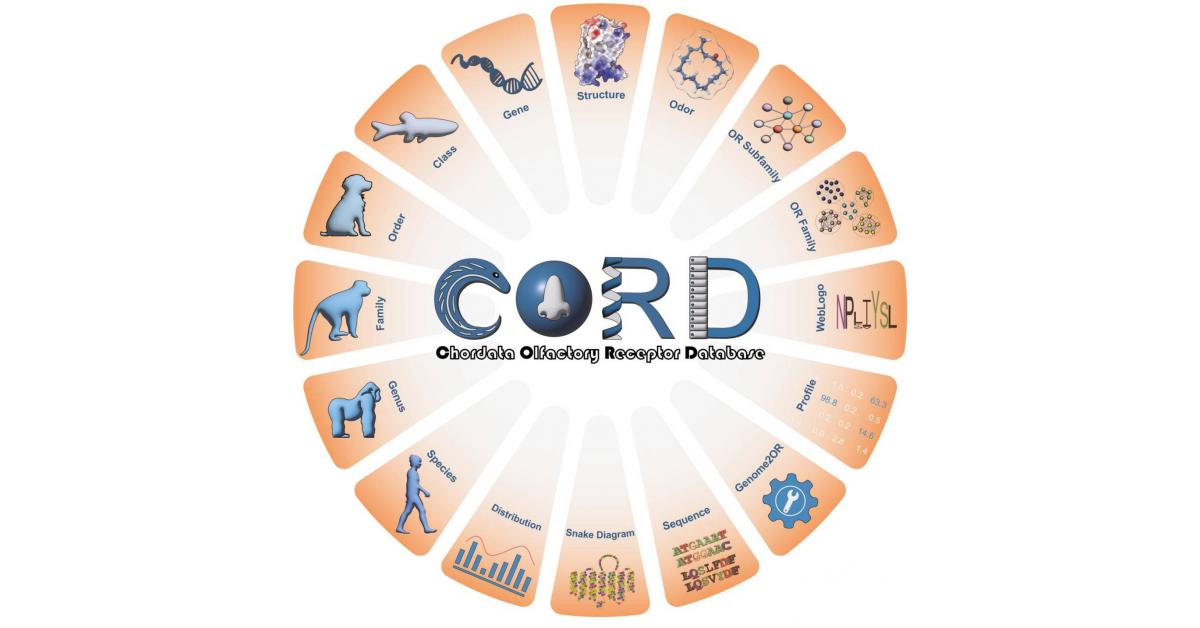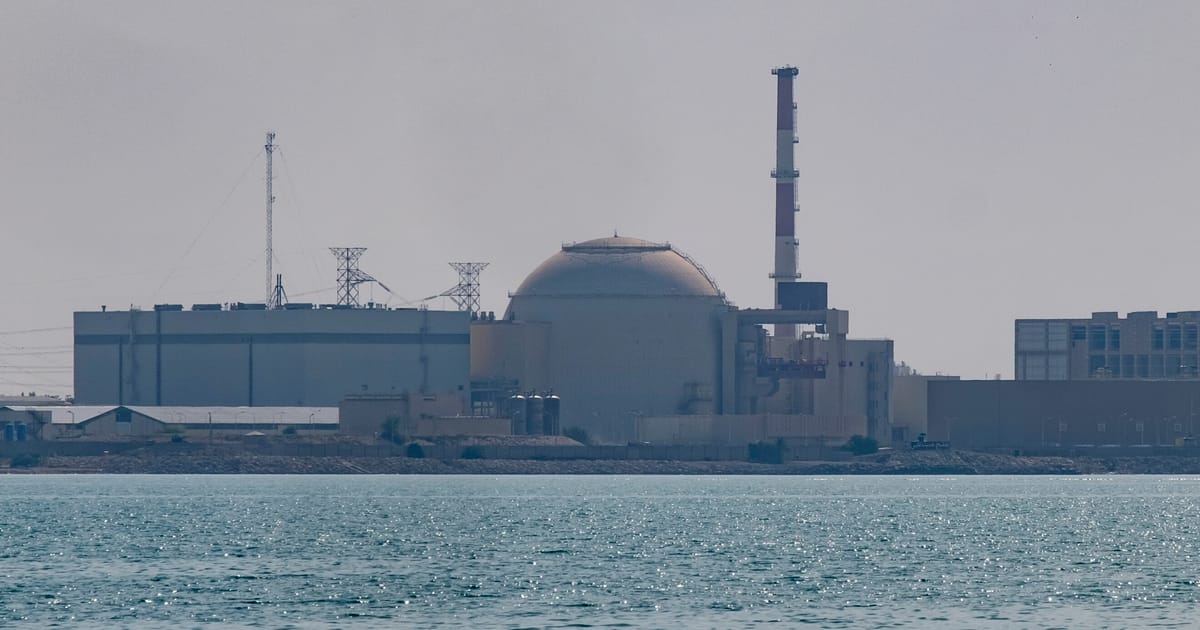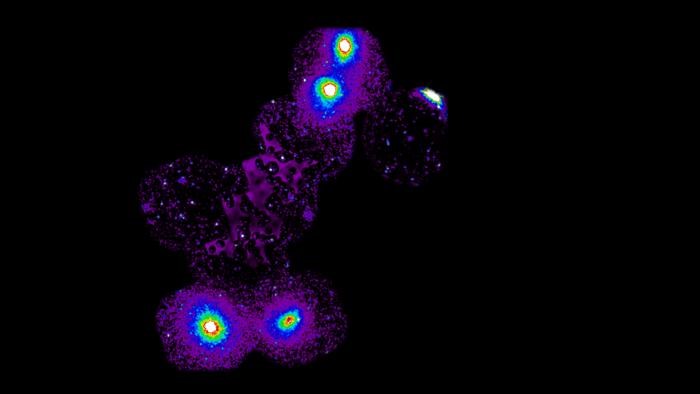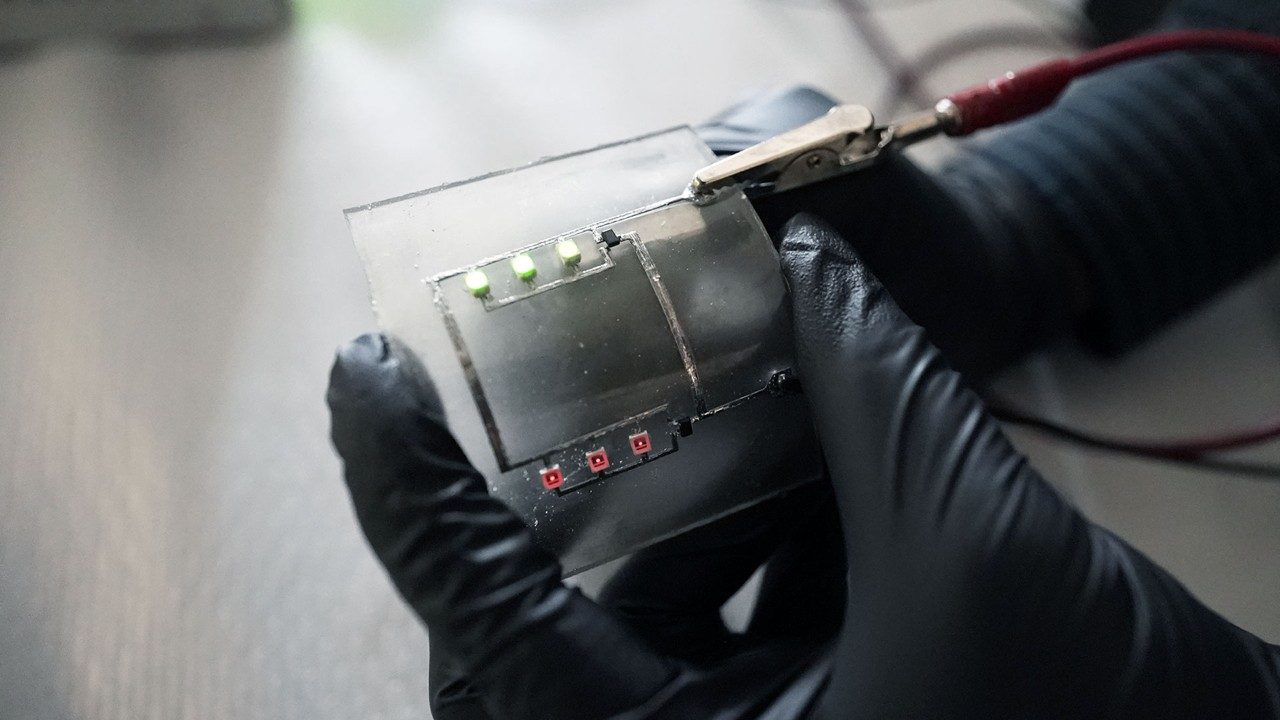CORD: A Comprehensive Portal into Chordate Olfactory Receptors.
GA, UNITED STATES, June 30, 2025 /EINPresswire.com/ — How animals sense and respond to smells plays a pivotal role in their survival, communication, and evolution. Recently, a groundbreaking online database has compiled the most expansive collection of olfactory receptor (OR) genes ever assembled in chordates—animals with backbones. Encompassing over 1.1 million sequences across nearly 2,800 species, this resource offers a unified platform for exploring both functional genes and pseudogenes. It integrates advanced tools for visualizing molecular structures, mapping odor interactions, and analyzing evolutionary relationships. With its comprehensive design, the database opens new avenues for researchers to decode how animals perceive chemical cues and adapt to diverse ecological environments.
Olfactory receptors (ORs) are key to how animals perceive their surroundings, guiding behaviors like foraging, mating, and avoiding danger. In chordates, the genes encoding these receptors are remarkably diverse and evolve rapidly, shaped by species-specific environmental pressures. Despite the explosion of genomic data in recent years, the annotation of these genes has struggled to keep pace. Many species still lack reliable OR gene catalogs, and most existing databases focus narrowly—often omitting pseudogenes or comparative frameworks. These limitations hinder the broader understanding of OR gene function and evolution. Due to these issues, a comprehensive and scalable platform for OR annotation and integration is urgently needed.
To meet this need, researchers from ShanghaiTech University and Research Center for Life Sciences Computing, Zhejiang Lab, etc. have developed the chordata olfactory receptor database (CORD), published (DOI: 10.1093/procel/pwae050) in Protein & Cell on September 20, 2024. The online platform compiles and standardizes more than 1.1 million OR gene entries from 2,776 chordate species, offering a massive leap in the coverage, consistency, and accessibility of olfactory genomic data. By integrating functional receptors, pseudogenes, and odorant-interaction data, CORD sets a new benchmark for studying the genetic basis of smell across evolutionary lineages.
At the heart of CORD lies Genome2OR, a high-performance gene annotation tool built on hidden Markov models. Its latest update simplifies the annotation pipeline and supports custom profiles, enabling the accurate identification of over 663,000 functional ORs and more than 513,000 pseudogenes. The database spans seven major chordate groups—from mammals and birds to jawless fish—highlighting the evolutionary richness of olfactory systems. CORD’s interface is designed with researchers in mind, featuring nine functional modules for genome browsing, structural prediction, and comparative analysis. Tools include BLAST search, sequence logos (WebLogo), and OpenFold-based 3D modeling. Users can explore complex gene–odorant relationships, supported by 3,118 receptor–ligand pairs and data on nearly 24,000 odorant compounds. Advanced visualization techniques such as snake diagrams and interactive heatmaps reveal how ORs are structured and distributed across species. Further, protein clustering datasets (CORDclust30–90) and community network analysis offer new insight into OR gene families and their evolutionary pathways. Altogether, CORD blends depth with usability, empowering researchers to unravel the biology of smell with unprecedented precision.
Scent is one of the most ancient and intricate senses, said Dr. Suwen Zhao, one of the co-corresponding authors. Yet until now, researchers lacked a unified, scalable tool to study the extraordinary diversity of ORs in chordates. CORD fills this gap. It not only delivers a vast quantity of high-quality data, but it also makes that data discoverable and usable across disciplines—from molecular neuroscience to comparative genomics. Dr. Zhao highlighted the database’s potential to illuminate how olfactory genes function beyond the nose, impacting broader biological processes.
With its wide-ranging data and flexible interface, CORD is poised to transform multiple research fields. Evolutionary biologists can now trace how OR gene repertoires expand and contract across ecological niches. Biomedical researchers gain a new tool to study the role of ORs in conditions like inflammation, metabolic disorders, and cancer—where these receptors are increasingly found outside the nose. In computational biology, CORD’s modular structure supports machine learning applications for modeling protein–ligand interactions. Future updates will incorporate experimentally derived OR structures, integrate AlphaFold3-based odor–receptor simulations, and launch a genome browser to map gene neighborhoods. By unifying data and tools under one roof, CORD is set to propel olfaction research into its next frontier.
DOI
10.1093/procel/pwae050
Original Source URL
https://doi.org/10.1093/procel/pwae050
Funding information
This work was supported by the National Key Research and Development Programs of China (2022YFA1302900, S.Z.), the National Natural Science Foundation of China (32122024, S.Z.), Shanghai Frontiers Science Center for Biomacromolecules and Precision Medicine, the Shanghai Science and Technology Plan (21DZ2260400) and ShanghaiTech University.
Lucy Wang
BioDesign Research
email us here
Legal Disclaimer:
EIN Presswire provides this news content “as is” without warranty of any kind. We do not accept any responsibility or liability
for the accuracy, content, images, videos, licenses, completeness, legality, or reliability of the information contained in this
article. If you have any complaints or copyright issues related to this article, kindly contact the author above.







